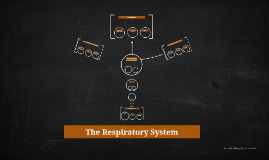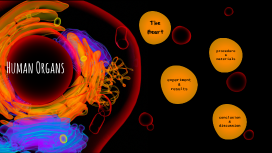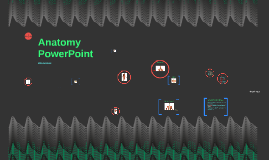Anatomy of Human Sense Organs
Transcript: Image Search Keywords Combined Click to add text Sensory Pathways Auditory Pathway Sensory information from the skin travels via peripheral nerves to the spinal cord and then to the brain. This pathway enables quick reflex responses to harmful stimuli and aids in complex sensory perception. The auditory pathway begins with sound waves entering the ear, traveling through the outer, middle, and inner segments before reaching the auditory cortex in the brain. This process facilitates sound perception and interpretation. Skin Diseases and Disorders Anatomy of the Skin Common skin diseases include eczema, psoriasis, and acne. These conditions can arise from genetic factors, environmental influences, or infections, impacting both appearance and health significantly. The skin, as the largest organ of the human body, serves crucial roles in protecting internal structures, regulating temperature, and providing sensory input. Understanding its layers and functions is essential for appreciating its role in overall health. Inner Ear Anatomy Balance and Equilibrium Middle Ear Components Skin Functions Layers of the Skin The middle ear houses three tiny bones: the malleus, incus, and stapes, which transmit vibrations from the eardrum to the inner ear. The Eustachian tube helps equalize pressure for optimal hearing. The inner ear contains the cochlea, responsible for converting sound vibrations into neural signals, and the vestibular system, crucial for balance. It plays a key role in both hearing and spatial orientation. The vestibular system, located in the inner ear, detects changes in head position and motion, providing crucial information for maintaining balance. It works in conjunction with visual and proprioceptive systems for spatial orientation. The skin serves multiple functions, including protection against pathogens, regulation of body temperature, and synthesis of vitamin D. It also facilitates sensation and plays a role in immune response. The skin consists of three primary layers: the epidermis, dermis, and hypodermis. The epidermis acts as a protective barrier, the dermis contains connective tissue and blood vessels, while the hypodermis provides insulation and energy storage. Outer Ear Structures Receptors in the Skin The outer ear consists of the pinna, which collects sound waves, and the auditory canal, leading to the eardrum. Together, they help amplify and direct sound waves to the inner structures of the ear. Skin contains various receptors that respond to stimuli, such as touch, pressure, pain, and temperature. Mechanoreceptors, thermoreceptors, and nociceptors work together to provide critical sensory feedback to the brain. Anatomy of the Ear The ear is a complex organ responsible for hearing and balance, composed of three main parts: the outer, middle, and inner ear. Each section plays a crucial role in the auditory system and maintaining equilibrium. Disorders of the Tongue Common disorders affecting the tongue include geographic tongue, oral thrush, and glossitis. These conditions can lead to discomfort, taste changes, and indicate systemic health issues, necessitating clinical attention. Anatomy of the Tongue Role in Digestion The tongue is a complex organ crucial for taste, movement, and digestion, playing vital roles in human anatomy and physiology. This section covers its structure, functions, and common disorders, highlighting its importance in everyday life. The tongue aids digestion by manipulating food, mixing it with saliva, and forming a bolus for swallowing. It also plays a part in the initial taste perception, which is essential for triggering digestive processes. Tongue Movement Structure of the Tongue "MATA" Tongue movement is facilitated by intrinsic and extrinsic muscles, allowing for various activities such as swallowing, eating, and speech. The coordinated actions enhance food manipulation and vocalization. The tongue consists of skeletal muscle covered by a mucous membrane. It is divided into two parts: the anterior body and the posterior root, with specific regions for taste and movement. Visual Pathway Structure of the Eye Mata Taste Buds and Types The eye comprises several parts including the sclera, cornea, iris, lens, retina, and optic nerve. Each component plays a vital role in the functioning of vision, from light entry to image processing. The visual pathway begins when light is focused on the retina, where photoreceptors transmit signals to the bipolar and ganglion cells. These signals travel through the optic nerve to the visual cortex of the brain for processing, resulting in visual perception. Role of the Retina Taste buds are sensory receptors located mainly on the tongue's surface, distinguished into four types: fungiform, foliate, circumvallate, and filiform. Each type serves unique roles in detecting different taste sensations: sweet, salty, sour, bitter, and umami. Anatomy of the Lens Function of the Cornea The retina is a thin layer of tissue at the back of

















